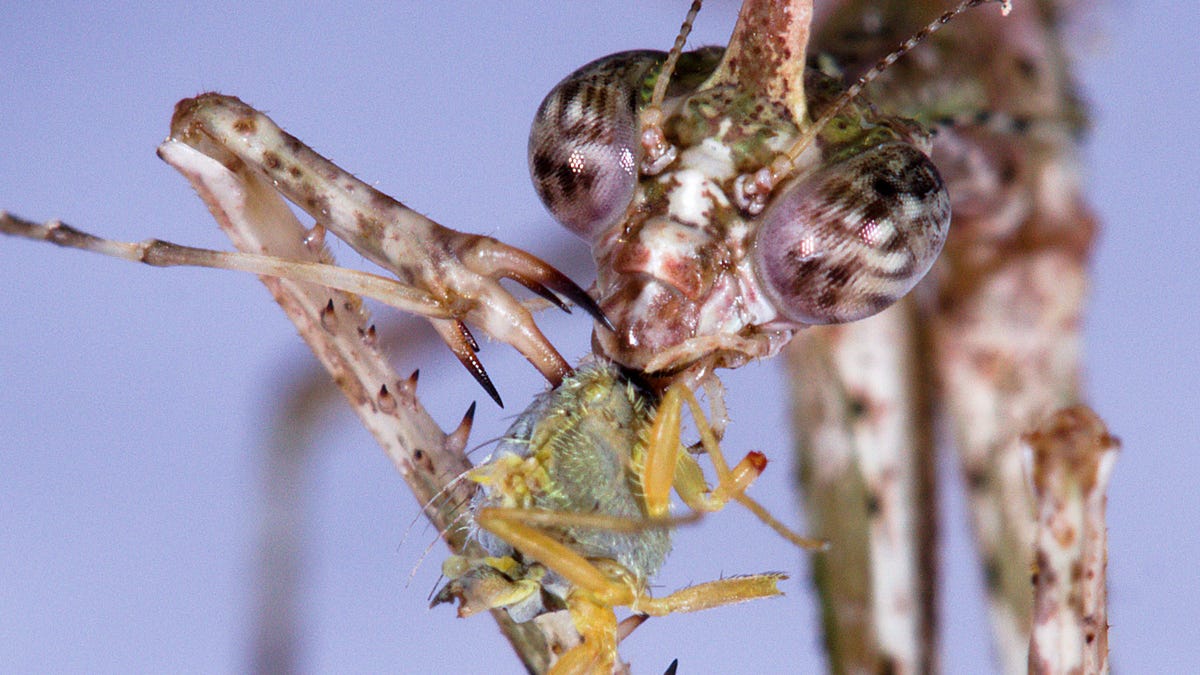




By submitting images to us () you acknowledge that you have read and understood our Site Disclaimer as it pertains to "User-Submitted Content". Material presented throughout this website is for entertainment value and should not to be construed as usable for scientific research or medical advice (regarding bites, etc.).Please consult licensed, degreed professionals for such information. The logo, its written content, and watermarked photographs/imagery are unique to this website (unless where indicated) and is protected by all applicable domestic and international intellectual property laws. Consider just admiring them, and capture only their photograph.©īeetle Identification Butterfly Identification Caterpillar Identification Spider ID Fungal Infections on Insects Nursery Web Spider Official State Insects Termite Basics Insect Molting Process Bugs of Tennessee House It does a great service for growers and is a benefit to the ecosystem. Larger species of the Mantid family have even been known to eat frogs, lizards, and hummingbirds.Ĭatching a glimpse of a Praying Mantis is a special thing, but leave it where it is if it has not flown away. A Praying Mantis and even unhatched eggs can be purchased in the spring and released onto a plant in a garden in order to head off any pests that arrive before summer. They eat a large volume of pest insects and can be a farmer or gardener's best friend because they help remove infestations of wasps and beetles. Mantids are extremely beneficial in gardens. In spring, the eggs hatch and pale nymphs, shaped like miniature adults, emerge and immediately begin feasting on smaller insects and sometimes each other. The freshly laid eggs are then coated with a hard foam that helps the eggs maintain moisture during dry winters, and deters birds and other insects from bothering them as well. These pseudopupils give an observer the impression of being watched.įemales lay their flat, seed-shaped eggs on a twig in autumn. They appear to have tiny pupils, but those black dots are actually photoreceptors reflecting no light colors. Both genders have binocular vision one eye can look in a different direction from the other. After mating, females have been known to eat the male after reproduction, but that does not always happen. The pose startles some predators away, saving the mantis. Females can use their wings to scare off would-be predators by fanning them open while raising their 'arms'. They are hefty insects and females are unlikely to fly because their wings are not able to hold their weight very well. Like all mantises, or mantids as they are also called, the female is larger than the male, especially in the abdomen. They come in a variety of colors, ranging from bright green to dark brown. The mantis' mouth parts are capable of cutting through the tough exoskeleton of insect prey. Those powerful front legs are able to hold down an insect as the mantis eats it alive. When resting, these front legs are held in a way that makes them seem folded in prayer. The large Praying Mantis (not 'Preying' although it does that very well) got its name from these two forelegs. Their bodies are relatively large and long with four legs at the abdomen area and two larger legs that appear more like arms. They are highly recognizable creatures, mainly because of their odd shape. It came from Europe likely via trade transports across the Atlantic. The Praying Mantis was discovered in the United States in 1899.


 0 kommentar(er)
0 kommentar(er)
